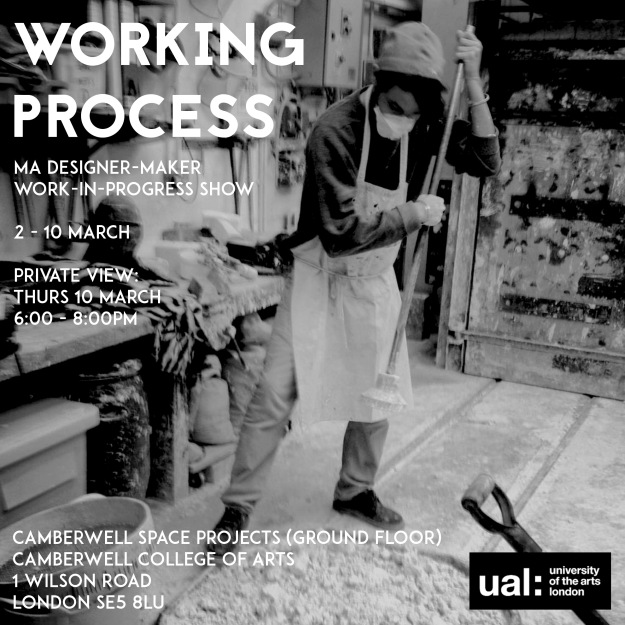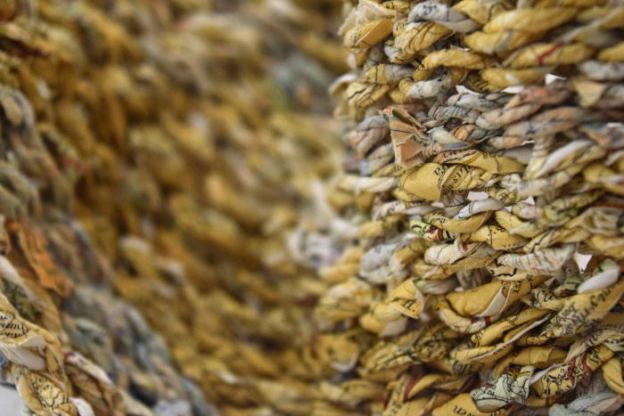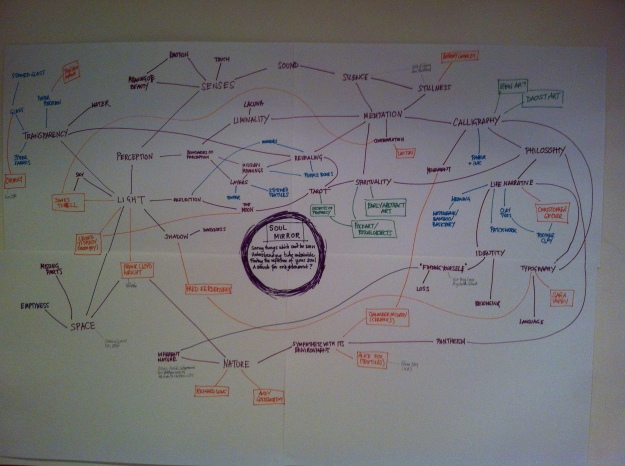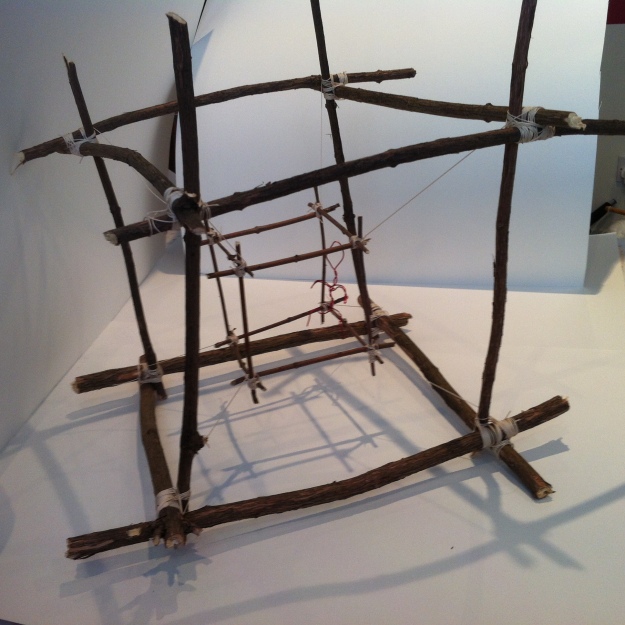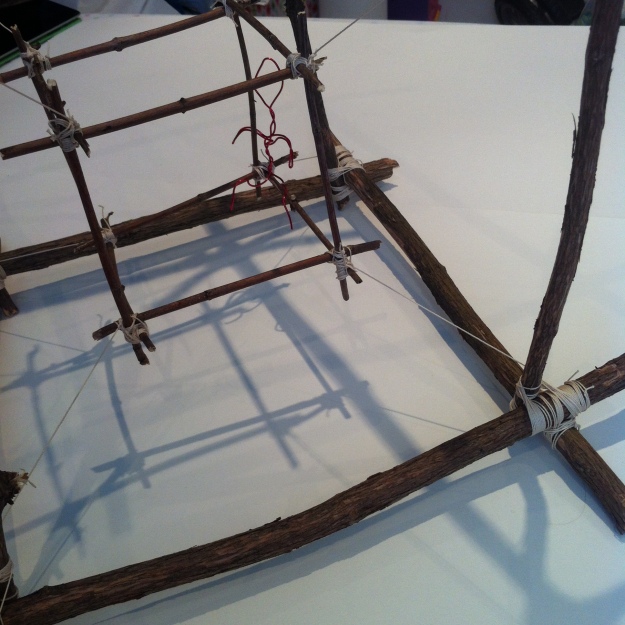So then. The biggest piece of progress I have made over the last 10 weeks study break is without doubt on getting some focus for my proposal. I am finally happy that I have a defined area which brings together all of the strands I have been grasping at. Clearly there is still much work to do to explore it, but that starts this week as term 2 begins.
Making as ritual
Research question: How do we find sacred space in the never-sleeping city?
Background:
Above all else, what fascinates me is the fundamental nature of our reality. Reality has many facets which intertwine together to make a unique set of experiences for each person’s life; we can never truly know if two people ever experience the same reality as they observe the world. The most interesting places are the boundaries between layers of reality: the threshold between the physical and the imagined, or the observed and the impression. “Edges are the fertile places”. Occasionally we inhabit these boundaries – in a moment of stillness or contemplation, or the dream just before waking. These are our sacred spaces.
Throughout human history, ritual has been used to create sacred space and access knowledge beyond conscious realities. From formal religious rituals to communicate with Gods & Goddesses, ceremonies to mark the turning of the year, to the rites of passage which mark our lives, or to the everyday, unseen rituals which get us through our days. Objects, and their making are often central to these rituals. The making itself being core to magic of the actions being undertaken.
For my MA project I will focus on Making as Ritual.
— What commonalities can we see in the processes and products of ritual making?
— What makes a profane object sacred, and how does the creation of a sacred object change how it is used?
— How many makers form their own rituals – in their own sacred space – in which to create their works? What does this mean for the user?
— What effects can making as part of a ritual activity have upon the maker, and subsequently on the user?
And a final, personal objective:
— How can I find balance between the silence and spirituality of the natural world around and within us, with the unrelenting disquiet and drive for progress which pervades our modern city lives?
Methodology:
I plan to look at a number of different ritual cycles concurrently to explore my proposal at different levels. My current thoughts are:
1. Making through the Ritual Year. Focussing on my own heritage, the folklore of the British Isles, bringing in comparisons with traditions from other parts of the world based on primary research wherever possible.
2. Daily rituals: since the 1 Jan 2015, I have begun a daily making activity to create a daily 5″ quilt square to express the way I am feeling each day. Over time, this act will become a ritual in itself which can be examined. The squares will be brought together at the end of each month, then over the course of the year as a record.
3. How makers make: looking at how others use their own rituals in making, whether conscious or subconscious. I need to explore this idea further, but am considering photography, video and interviews with other makers.
